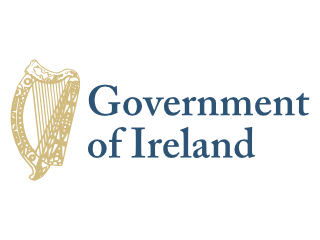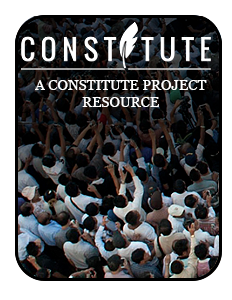Celtic tribes arrived on the island between 600 and 150 B.C. Invasions by Norsemen that began in the late 8th century were finally ended when King Brian BORU defeated the Danes in 1014. Norman invasions began in the 12th century and set off more than seven centuries of Anglo-Irish struggle marked by fierce rebellions and harsh repressions. The Irish famine of the mid-19th century saw the population of the island drop by one third through starvation and emigration. For more than a century after that the population of the island continued to fall only to begin growing again in the 1960s. Over the last 50 years, Ireland's high birthrate has made it demographically one of the youngest populations in the EU. The modern Irish state traces its origins to the failed 1916 Easter Monday Uprising that touched off several years of guerrilla warfare resulting in independence from the UK in 1921 for 26 southern counties; six northern (Ulster) counties remained part of the UK. Unresolved issues in Northern Ireland erupted into years of violence known as the "Troubles" that began in the 1960s. The Government of Ireland was part of a process along with the UK and US Governments that helped broker what is known as The Good Friday Agreement in Northern Ireland in 1998. This initiated a new phase of cooperation between the Irish and British Governments. Ireland was neutral in World War II and continues its policy of military neutrality. Ireland joined the European Community in 1973 and the euro-zone currency union in 1999. The economic boom years of the Celtic Tiger (1995-2007) saw rapid economic growth, which came to an abrupt end in 2008 with the meltdown of the Irish banking system. Today the economy is recovering, fueled by large and growing foreign direct investment, especially from US multi-nationals.
Ireland is a parliamentary republic.
Source: CIA World Factbook
Members:
Resources
Displaying 6 - 10 of 137European Union Habitats (Farranamanagh Lough Special Area of Conservation 002189) Regulations 2016 (S.I. No. 198 of 2016).
These Regulations designate a coastal area as a Special Protection Area in accordance with Article 4 of Habitats Directive for protection purposes set out in Schedule 3 (coastal lagoons). The Minister shall, in accordance with the Regulations of 2011, establish and publish such particular conservation objectives as he or she, from time to time, considers necessary for the Special Area of Conservation with regard to the natural habitat type and animal and plant species specified in Schedule 3.
Regulation on Formation and Management of Prime Tourism Areas.
The Regulation, which consists of 10 articles, provides for the establishment of tourism centers in different areas of the State. In particular, the Regulation divides the areas, based on capability to provide services for tourists, in four levels as follows: international level, national level, provincial level, and domestic level. The ‘Cultural heritage Organization’ determines the requirements for the establishment of the tourism centers on each level.
Regulation of the Law on Assignment and Reclamation of Lands in Islamic Republic of Iran.
The present Regulation enforces the Law on Assignment and Reclamation of Lands in the Islamic Republic of Iran’. In particular, all lands in possession of the government and natural resources land is transferable except for grasslands, forests, national parks and lands of nomad’s migration. The Committee may transfer the lands which are abandoned for five years without any reasonable justification.
Constitution of Ireland 1937 (rev. 2015)
The constitution was approved by the DÂil Âireann and voters in a plebiscite.
Land Registration Rules, 1972.
These Regulations provide for various matters relating to the registration of land.



